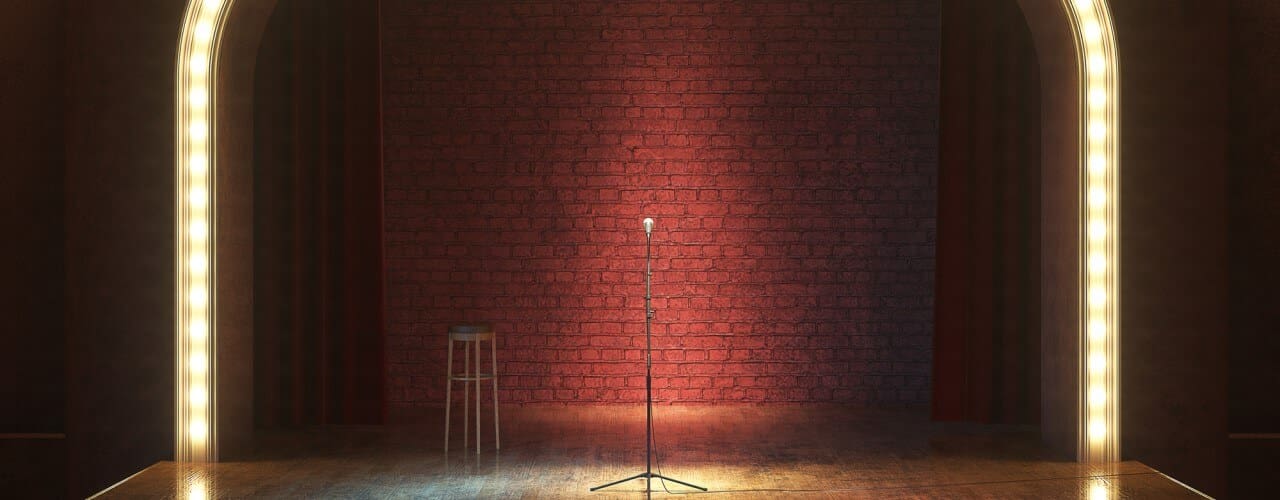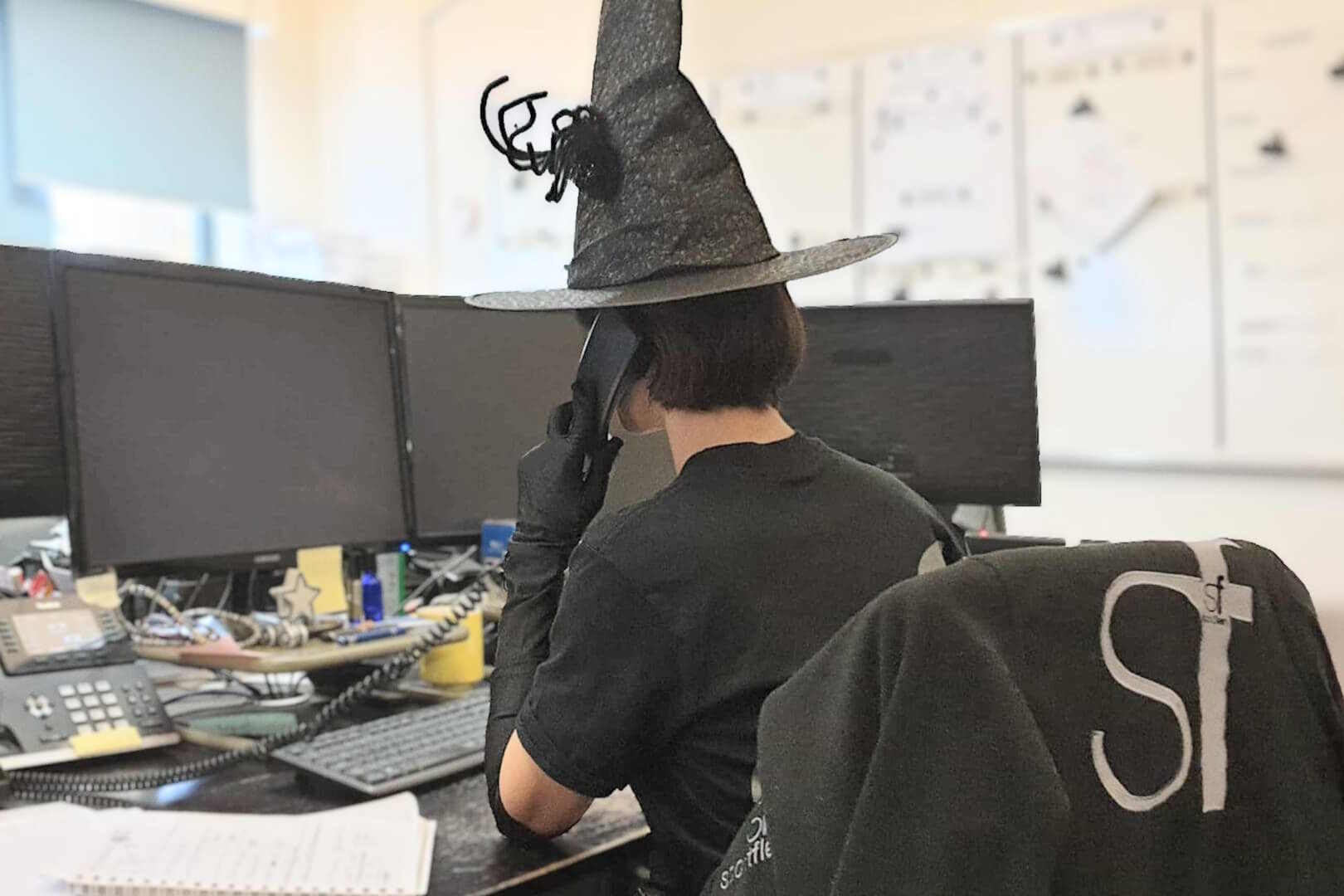The Behind-The-Scenes of Industrial Stage Design
The Behind-The-Scenes of Industrial Stage Design
In events and productions, the visual component is pivotal in setting the tone and engaging the audience. This is where the art of industrial stage design comes into play, a crucial element that can elevate a corporate event, fashion show, award ceremony, or any live performance into an unforgettable experience. But what exactly goes into creating these visually captivating spaces? Let’s dive into the intricate world of industrial stage design and uncover the magic behind the scenes.
Understanding Industrial Stage Design
At its core, industrial stage design brings a vision to life. It involves the aesthetic planning and execution of a production or show, integrating the ideas and elements from organisations or directors into a tangible, visual display. This craft utilises many tools, such as backdrops, scenes, scales, and different types of props, to create an environment that is visually representative of the event and enhances the overall experience. The goal of industrial stage design is to craft a space that resonates with the theme and mood of the event, making it a vital part of the narrative being told.
The Impact of Exceptional Industrial Stage Design
The benefits of investing in high-quality industrial stage design cannot be overstated.
- It significantly increases audience engagement. A visually stunning set captures the audience’s attention and keeps them engaged throughout the event.
- It creates a memorable experience. Memorable moments are often tied to unique and impactful visual elements, making the design of the stage a key player in the memorability of an event.
- The atmosphere and setting are profoundly influenced by the stage design, setting the mood and enhancing the overall ambience of the environment.
Key Considerations in Industrial Stage Design
When embarking on an industrial stage design project, several critical factors must be considered.
- Aesthetic Appeal and Uniqueness:
- The design should be visually captivating to grab and hold the audience’s attention.
- It must be unique, offering a fresh perspective that distinguishes the event and aligns with its specific theme or message.
- Practicality and Problem-Solving:
- Beyond aesthetics, the design must address practical concerns, including spatial configurations and audience flow.
- It should anticipate and solve logistical challenges, such as facilitating performers’ movement and integrating technical equipment.
- Event Individuality:
- The design should reflect the event’s individuality, emphasising its distinct character and goals.
- This involves deeply understanding the event’s core message and audience to create a resonant and impactful experience.
- Efficiency and Timeliness:
- Effective industrial stage design requires working within strict timelines and ensuring that projects are completed on schedule.
- Efficiency in design and execution is paramount, balancing creativity with the practical demands of event planning.
- Budget Adherence:
- Keeping the project within budget constraints requires careful planning and resource management.
- This involves making informed choices about materials, technologies, and design elements that offer the best visual impact without overspending.
- Collaboration and Communication:
- Successful industrial stage design often involves collaboration with a team of professionals from various disciplines.
- Clear communication among designers, technicians, and event organisers is essential to ensure that the vision for the stage design is realised effectively and cohesively.
These considerations are the cornerstone of industrial stage design. They ensure that each project not only meets but exceeds expectations, creating memorable, engaging, and smoothly executed events.
The Creative Process Behind the Scenes
Bringing an industrial stage design from concept to reality is a nuanced dance of creativity, practicality, and collaboration. It begins with a deep dive into the event’s purpose and audience, allowing designers to tailor their creative strategies to these unique requirements. Utilising advanced digital tools, such as 3D modelling and virtual reality, designers can create immersive mock-ups that offer a glimpse into the final outcome, enabling iterative refinements long before physical work commences. This process ensures a shared vision among the creative team and anticipates potential logistical hurdles, seamlessly integrating aesthetic aspirations with functional needs.
- Collaboration and Communication
Creating an industrial stage design involves collaborating with different departments and expertise. Architects ensure the structure’s safety and feasibility, engineers integrate cutting-edge technologies, and graphic designers bring visual cohesion to the narrative. Effective collaboration hinges on clear, continuous communication, often facilitated by project management platforms synchronising tasks, timelines, and feedback across disciplines.
- Technology Integration in Design
Technology is pivotal in transforming stage designs into dynamic environments that captivate and engage. From awe-inspiring projection mapping that wraps surfaces in vivid imagery to interactive elements that respond to audience presence, technology invites attendees to dialogue with the event. Integrating such technologies requires meticulous planning—designers must consider not only the spatial and aesthetic aspects but also the technical infrastructure, ensuring reliability and impact. The magic of these technological elements lies in their ability to transcend traditional boundaries, offering audiences a spectacle and an experience.
- Material Selection and Sustainability
The choice of materials in industrial stage design extends beyond aesthetics and durability; it reflects a commitment to environmental stewardship. This shift towards sustainability presents challenges, including balancing eco-friendliness with performance requirements and budget constraints. Yet, it also opens up creative avenues, encouraging designers to explore materials that serve the design’s vision and its responsibility towards the planet.
- Impact Measurement
Assessing the impact of an industrial stage design involves a multifaceted approach, capturing both quantitative metrics and qualitative feedback. Audience engagement can be measured through social media interactions and post-event surveys, offering insights into the design’s resonance and memorability. Additionally, client feedback and media coverage serve as barometers for the design’s success in achieving its communicative and experiential goals. This feedback loop is invaluable, driving continuous improvement and innovation in industrial stage design practices, ensuring that each project meets and exceeds expectations.
The Final Takeaway
Industrial stage design is more than mere decoration; it’s essential to storytelling and audience engagement in live events. A well-executed design can transform a simple space into a dynamic and immersive environment, leaving a lasting impression on the audience. Behind every memorable event lies a team of creative and technical professionals dedicated to bringing visions to life through industrial stage design.
Contact us for industrial stage design services. Our team of creative professionals is ready to bring your vision to life.
Still Have Questions?
Our friendly team is here to help you out.

